Integration with CAD Software
The integration of 3d scanning technology with Computer-Aided Design (CAD) software is transforming the 3d scanner market. This synergy allows for seamless workflows, enabling designers and engineers to convert scanned data into digital models efficiently. As industries increasingly adopt digital transformation strategies, the demand for compatible scanning solutions rises. The market is expected to witness a growth rate of around 12% annually, as more companies recognize the value of integrating 3d scanning with CAD tools. This trend enhances productivity and accuracy in design processes, making the 3d scanner market a vital component of modern engineering and design practices.
Rising Demand for Customization
The 3d scanner market experiences a notable surge in demand for customization across various sectors, including manufacturing and design. As industries increasingly seek tailored solutions, the ability to create unique products becomes paramount. This trend is particularly evident in sectors such as automotive and aerospace, where precision and personalization are critical. The market is projected to grow at a CAGR of approximately 15% over the next five years, driven by the need for bespoke designs. Companies are investing in advanced scanning technologies to meet these demands, thereby enhancing their competitive edge. The 3d scanner market is thus positioned to benefit from this shift towards customization, as businesses strive to differentiate themselves in a crowded marketplace.
Growth in Educational Applications
The educational sector is increasingly embracing 3d scanning technology, which significantly impacts the 3d scanner market. Institutions are utilizing scanners for various applications, including creating interactive learning materials and enhancing research capabilities. The market for educational 3d scanners is projected to expand by approximately 10% annually, as schools and universities recognize the benefits of incorporating this technology into their curricula. This trend not only fosters innovation in teaching methods but also prepares students for careers in fields that rely on advanced scanning technologies. Consequently, the 3d scanner market is likely to see sustained growth driven by educational investments.
Increased Focus on Quality Control
Quality control remains a critical driver in the 3d scanner market, as industries strive to maintain high standards in production. The ability to conduct precise measurements and inspections using 3d scanning technology enhances product quality and reduces errors. This focus on quality is particularly pronounced in sectors such as aerospace and automotive, where compliance with stringent regulations is mandatory. The market is projected to grow by approximately 11% annually, as companies invest in scanning solutions to improve their quality assurance processes. The 3d scanner market is thus positioned to thrive as organizations prioritize quality and efficiency in their operations.
Advancements in Portable Scanning Solutions
The development of portable 3d scanning solutions is reshaping the landscape of the 3d scanner market. These compact devices offer flexibility and convenience, allowing users to capture data in various environments, from construction sites to museums. The market for portable scanners is anticipated to grow at a CAGR of around 14% over the next few years, as professionals seek efficient and versatile scanning options. This trend is particularly relevant in industries such as architecture and heritage preservation, where mobility is essential. The 3d scanner market is thus adapting to meet the needs of a diverse clientele, enhancing accessibility to advanced scanning technologies.


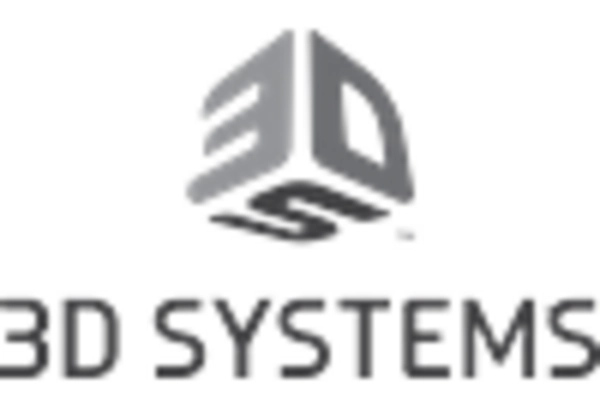
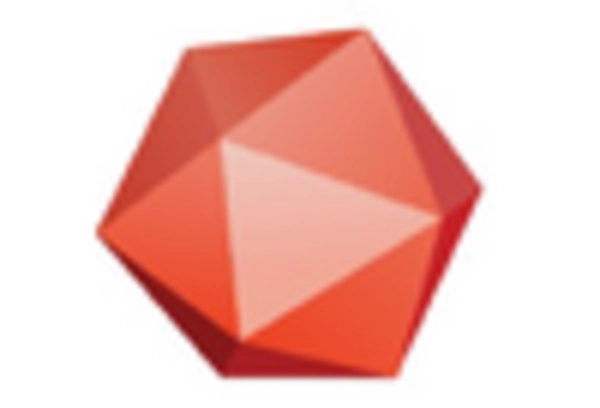
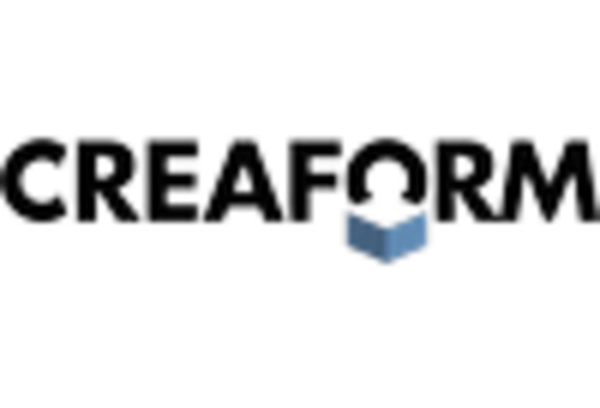
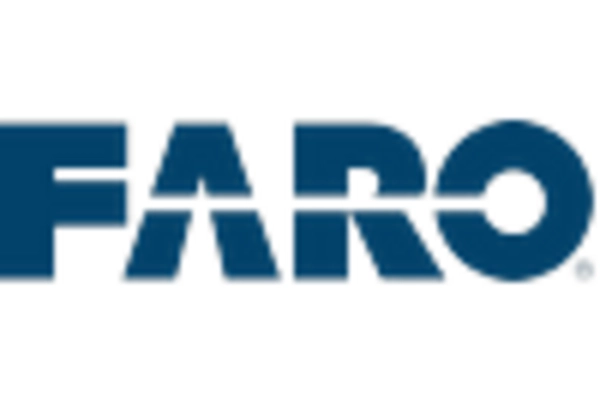
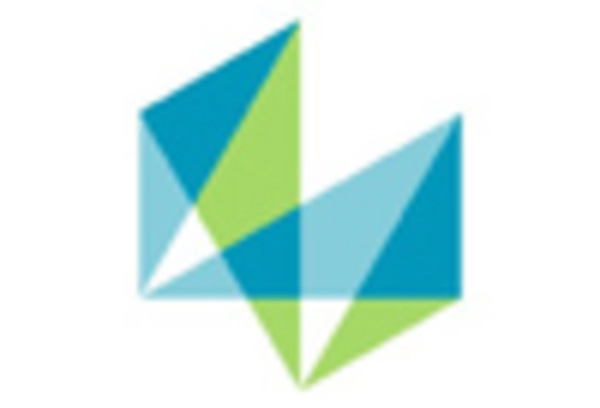
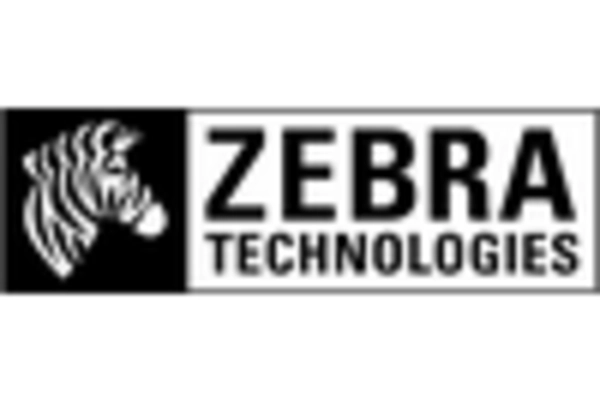








Leave a Comment